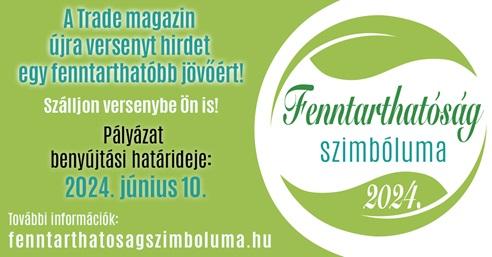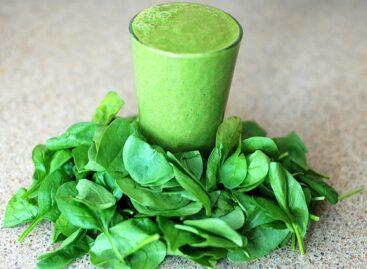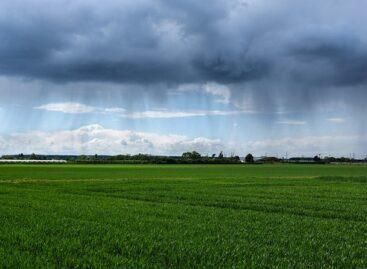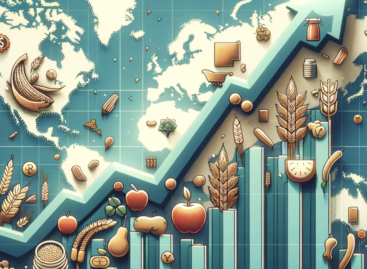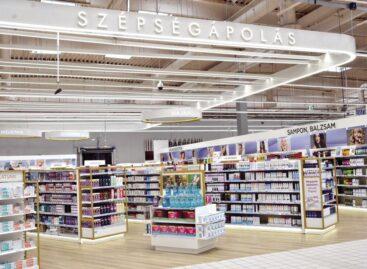Where is Hungarian arable crop production going next?
If the current production structure is maintained, the arable plant growers can be successful primarily by significantly improving efficiency and moving towards the production of premium quality crops, but standing on more than one foot and diversifying the production structure is equally important, said the Secretary of State responsible for agriculture and rural development of the Ministry of Agriculture (AM).

(Photo: AM/Tibor Vermes)
In his speech held at the 42nd AGROmashExpo and Agricultural Machinery Show at the Hungexpo Budapest Convention and Exhibition Center on Thursday, Zsolt Feldman stated that the outlook for grain producers is better than last year, because, unlike the previous year, they can even achieve some results in the case of some crops if they expect adequate yields. if circumstances do not change significantly. At the same time, it must still be expected that external circumstances will determine the economic environment of agricultural producers. In 2022, the drought and the extreme increase in the price of input materials necessary for production, in 2023, the EU’s Ukrainian grain imports put Hungarian farmers in a difficult situation, and for the time being, the logistical conditions necessary for export are changing due to the war, he added. Evaluating the experience of the past years in the field of traditional crop cultivation, the state secretary sees precision farming and the efficient use of input materials as one of the main solutions. According to experience, the market for premium products is more secure, and it is much more difficult to compete with the mass products of large countries on an international level. The vulnerability of Hungarian agriculture can also be reduced by diversifying the production structure and incorporating alternative arable crops into farming. In the case of small and medium-sized farmers, the past two years have shown how important it would be to stand on more than one foot, to grow soy, poppy, alfalfa or field vegetables in addition to grain and oil crops, and the means of field production largely meet this requirement.
Zsolt Feldman sees the international situation as uncertain for now
He said that European agriculture is “bleeding from many wounds”, farming society is tense in most parts of the continent, and the demonstrations are also the consequences of this. In the meantime, preparations have begun for the next agricultural support period, and the Greens are already preparing to “put further pressure on agriculture”. At the same time, “sobriety” is visible, so Hungary will certainly have allies, and there is a chance that a meaningful agricultural policy framework will be created even after 2027, he said. The agribusiness leaders participating in the event also highlighted the rapidly changing conditions as a challenge. According to Gyula Kovács, managing director of FMC-Agro Hungary Kft., everyone is confident that agriculture will not have a worse year than last year, at least the increase in the price of input materials has stopped. Gábor Párkányi, the managing director of Mertcontrol Hungary Kft., agreed with Zsolt Feldman that only the best quality produce has a place on the international markets, because in terms of quantity competition, Hungary has little chance at the world level. Péter Umenhoffer, the head of Mikro-Vital Kft., also believes that maximizing the yield is not the most important thing. The resources must be used as best as possible, the producers must be careful about when and how much money they spend on what, he added. According to Péter Vajda, the managing director of Phylazonit Kft., the producers have to reduce their costs, this is the only scope they have, they cannot influence the development of sales prices. According to him, all of this also means that it is not necessarily worth spending to achieve the highest yield, because they may not achieve a profit commensurate with their additional investment.
MTI/AM
Related news
The foreign trade balance of fresh spinach was negative in 2023
In Hungary, spinach is one of the earliest outdoor vegetables. According…
Read more >Agrometeorology: more precipitation may fall in Transdanubia, but it will hardly rain in many places in Tiszántúl
Showers will irrigate first the southwestern and then the northeastern…
Read more >In alliance with agriculture: MBH Bank responds to the challenges of the market together with professional organizations
MBH Bank has signed a cooperation agreement with the Association…
Read more >Related news
The latest issue of Trade magazin is out now!
The digital version is available with more content once again…
Read more >FAO: global food prices increased for the second month in April on a monthly basis
In April, global food prices rose for the second month…
Read more >Beauty care travels at breakneck speed
Beauty care is one of the fastest growing markets in…
Read more >
